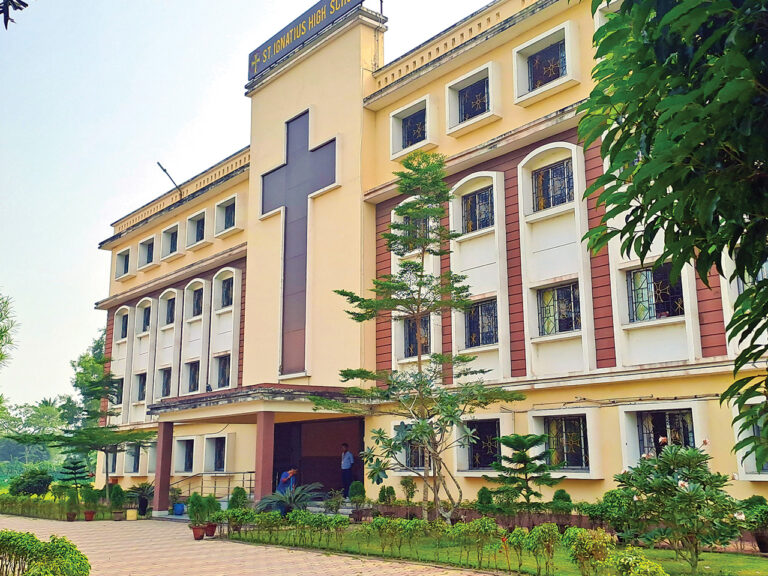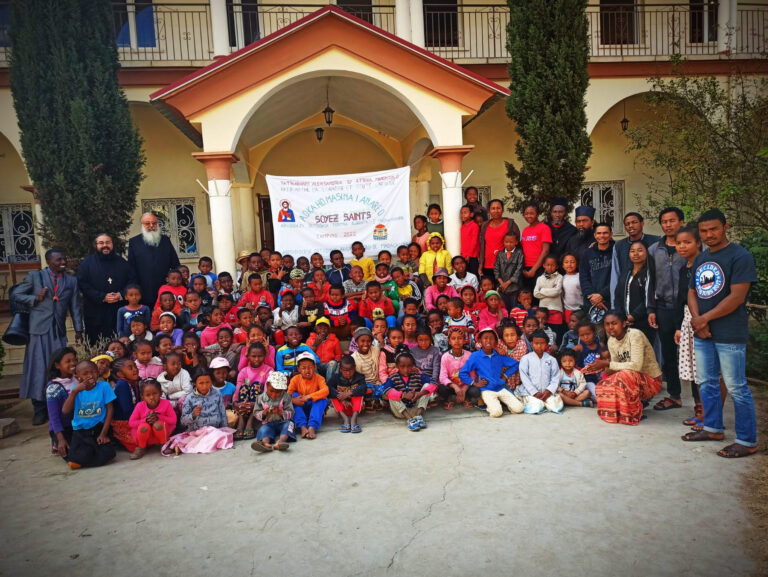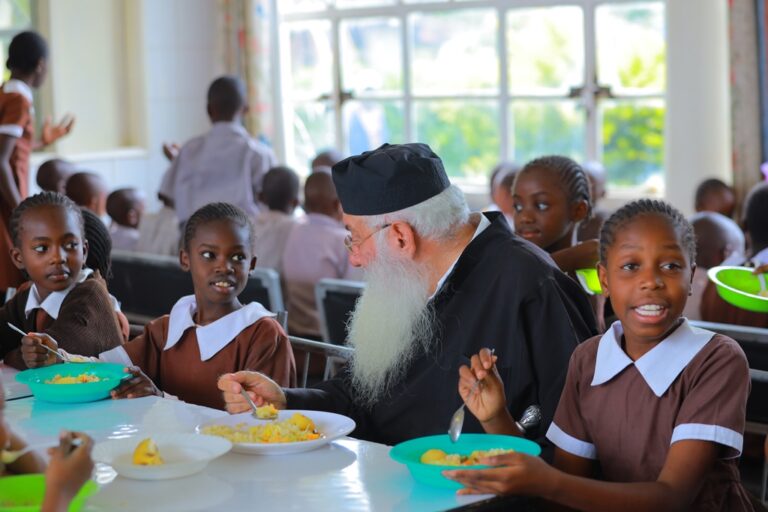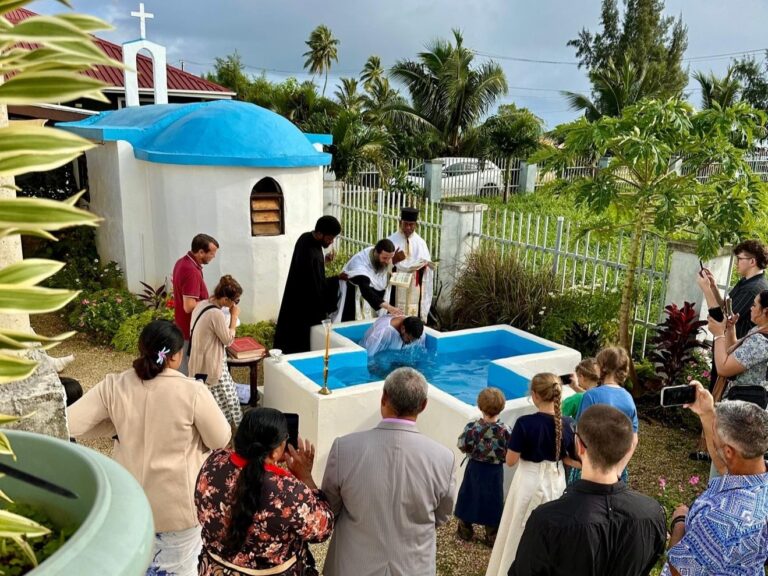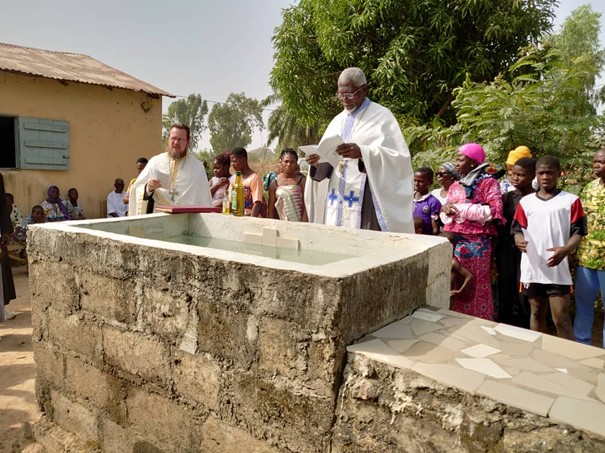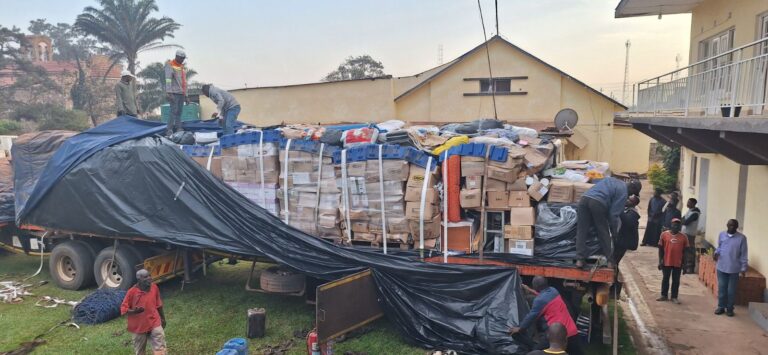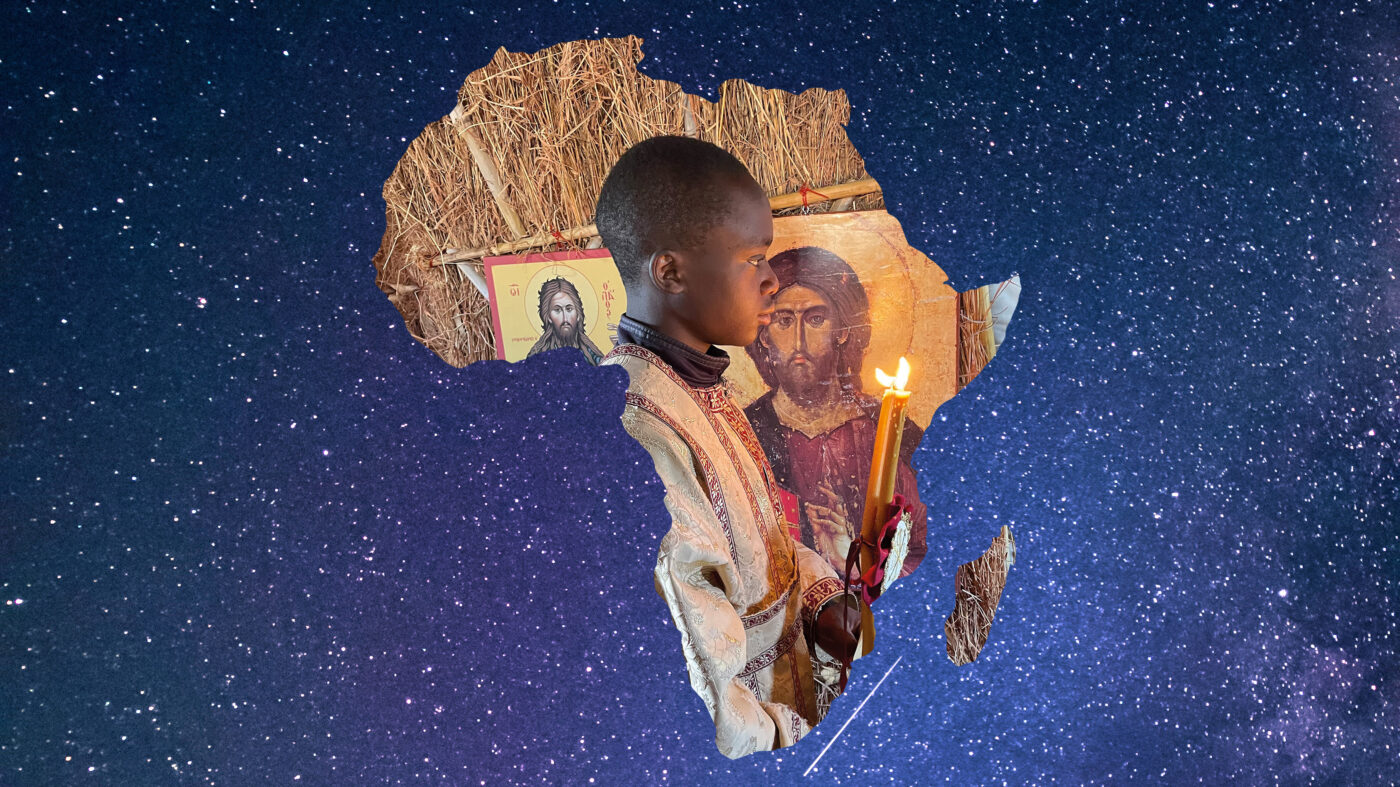A Trip to Kidamali, Tanzania
In the first twenty days of last February I traveled to Iringa, Tanzania, hoping as an architectural engineer to provide technical help and guidance in the laying of the foundation of the church of St. John the Theologian.
The preparation for the trip had started months before. I had already had all the necessary vaccinations and had also been supplied with Malarone, a drug that prevents malaria. After about 10 hours of flight from Thessaloniki via Istanbul, I arrived in Dar Es Salaam, the capital city of Tanzania.
There was some inconvenience in obtaining a visa at the airport and in collecting the luggage as well as in changing airport for Iringa by taxi. For safety reasons night moves are not recommended because without a taxi they are unsafe, and knowledge of English is absolutely necessary. The transfer flight lasted for one and a half hours, and His Grace Bishop Agathonikos was waiting for me at Iringa airport.

The climate of Tanzania is diverse, but in Iringa it resembles a hot semi-arid climate. February is considered one of the best choices for visiting Iringa. Reaching Kidamali took us an hour and a half by car. On the way, we saw some orthodox churches, in one of which there were quite serious cracks due to soil settlement and defective work. The bishop was deeply sad for that.
The Mission Center at Kidamali has two Sacred Churches, one of Sts. Andronikos and Athanasia and one of St. George and Panagia Dexia. It also includes the Bishopric premises, hostels, nuns’ cells, an orphanage, school classrooms, a medical clinic and a cookhouse. The Center is protected by fencing and a guard.
In the next few days we went to Imbogo village, thirteen km. from Kidamali, to oversee the laying of the foundation of the church of St. John the Theologian. Along with the Bishop and Fr. Porphyrios, we visited a lot of villages, such as Ngonga or Makubike or Ipasi with the Masaai tribe, for a drill opening, or for land inspection for a new church construction, like that in Ingagidungu. 53 baptisms were performed and on Meatfare Sunday a meal was offered by the Bishop to everyone present, priests as well as lay people from the surrounding villages.

The beautiful green nature made our journeys to the villages really pleasant. On the way, we saw quite a lot of orthodox churches. In one of them, the Church of the Holy Cross, I was informed that during its laying of the foundation stone the Orthodox African priest as well as construction group workers were so fiercely attacked by Roman-Catholics that several people were wounded and police intervention was required. Undoubtedly, there is competition between the various denominations. The Orthodox buildings pale in comparison with the well-organized large facilities of the Roman-Catholics, Protestants and particularly those of Muslims, who can afford large amount of money for building installations.
Now, as regards the church services at the Mission Center, there are at least two Divine Liturgies conducted per week as well as a Vesper Service on a daily basis. Also, every afternoon (except weekends), the village children gather for a catechism class and the soup kitchen meal or a treat. I can hardly describe their enthusiasm when they are given a piece of candy or a cookie.

In Kidamali village, AIDS is a common disease, while many people suffer from typhoid and malaria. The occasional operation of the single regional medical clinic renders its existing facilities inefficient. The Bishop tries to have another clinic built, which will meet all the necessary requirements. As for drinking water, the situation is dramatic. We saw women collecting muddy water from dry creek puddles. Borehole drilling costs from 4,ooo to 5,5oo euro, depending on the depth of finding safe drinking water.
The problems of the missionary division here are many and pressing and a detailed description is impossible in such a short text. What could be very helpful, though, is the presence of people eager to minister, but the newly established Diocese of Arusha and Central Tanzania lacks manpower.
Angelos Vogiatzis
Regular member of the Fraternity

